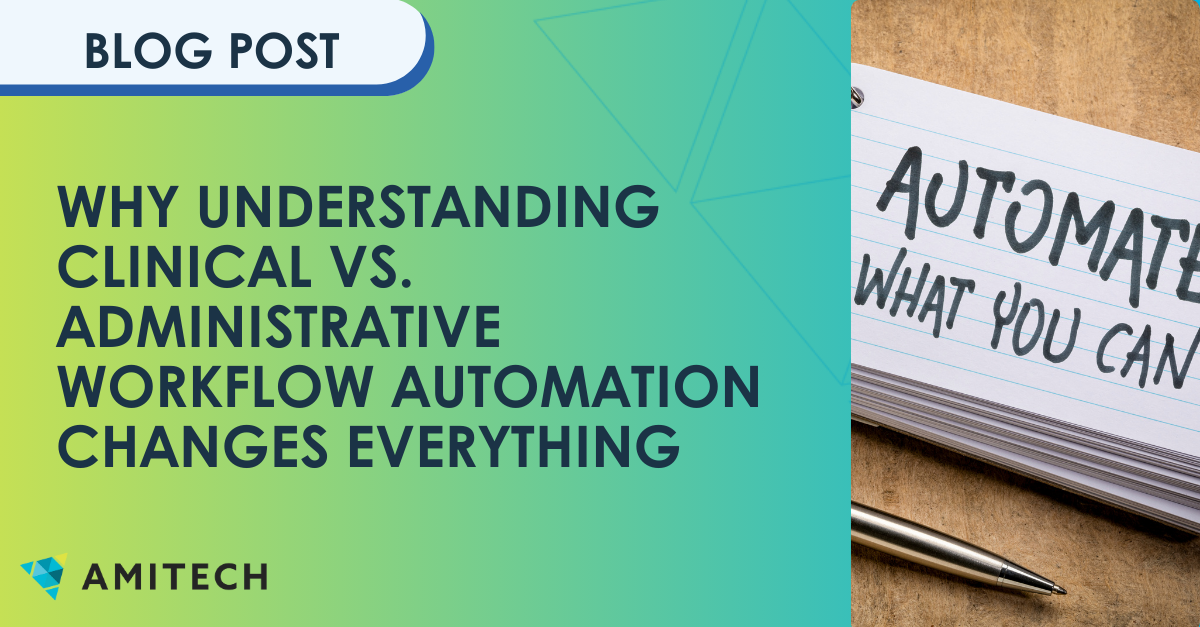Reclaim the Heart of Healthcare with Clinical Workflow Automation
For every hour physicians spend with patients, they spend two hours on EHRs and desk work. It’s time to change that equation.
The healthcare world is changing, and so are patients’ expectations. As digital technology reshapes our daily lives, healthcare providers must adapt to meet growing demands for convenience and accessibility. At the center of this transformation are clinical workflows; the day-to-day processes clinicians use to document care, make decisions, and coordinate with colleagues.
Moving Beyond Gridlock to Create a Healthcare System That Works Better for Everyone
By understanding the unique complications of clinical workflow automation and approaching transformation strategically, organizations can move beyond the gridlock that has frustrated past efforts.
Our eBook provides healthcare leaders with proven approaches:
- Clinician-Centered Design Methodology: Embedding clinicians throughout the automation development lifecycle
- Dynamic Data Normalization: Respecting clinical expertise while creating structured data necessary for operational efficiency
- Contextual Intelligence: Transforming automation from a standardization burden to a clinical support tool
- Technical Architecture and Regulatory Compliance by Design: Building solutions with compliance capabilities incorporated into the core design
The Tangible Impact of Successful Clinical Workflow Automation
When implemented thoughtfully, clinical workflow automation delivers measurable results:
- Time Savings: Reduction in documentation and administrative tasks
- Enhanced Patient Care: More time for direct patient interaction and clinical decision-making
- Decreased Burnout: Alleviation of administrative burden that contributes to clinician fatigue
- Operational Efficiency: Streamlined processes and reduced administrative costs
- Improved Compliance: Enhanced adherence to regulatory requirements
- Financial Impact: Potential AI-driven savings of $200-360 billion between 2025-2030


